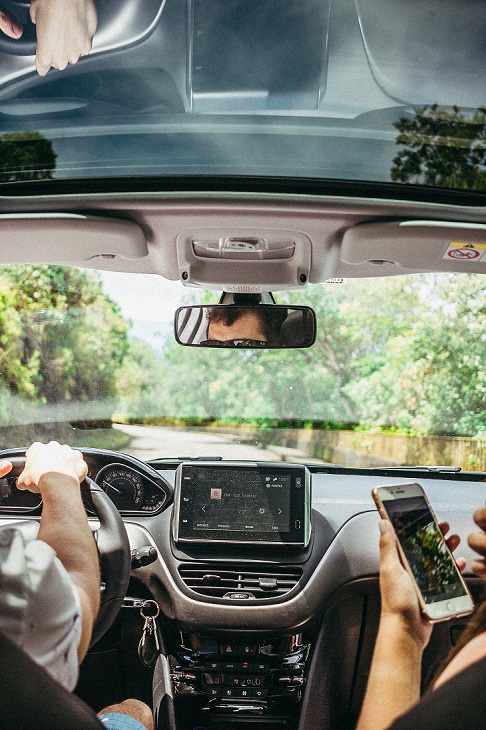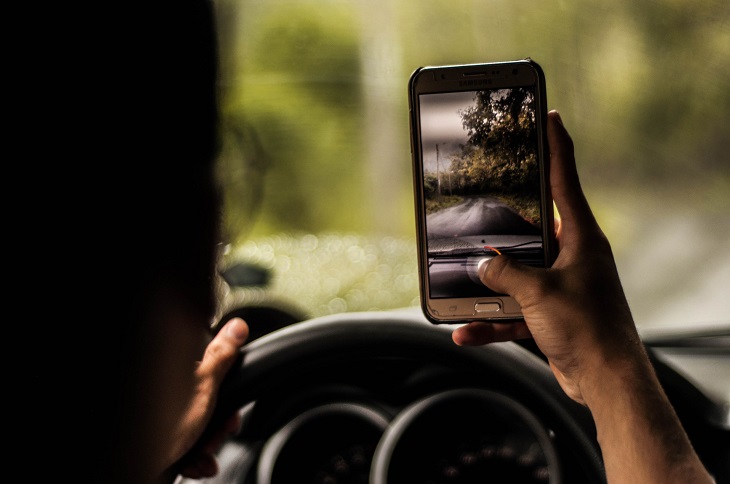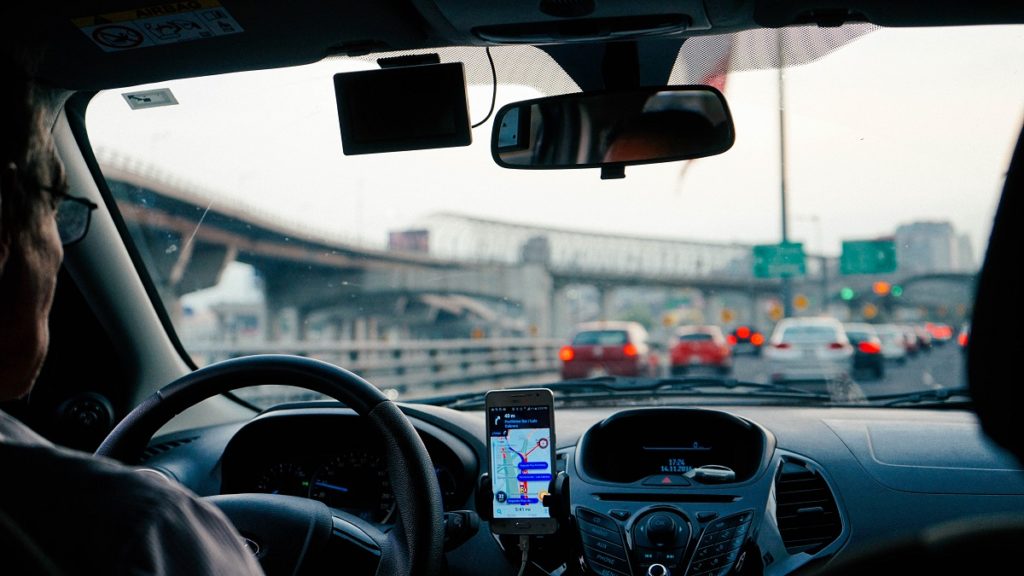For every driver, including disabled drivers, the day you get your license is memorable. After all, it gives you the freedom to go where you want, when you want. For many disabled drivers, the biggest distraction when driving was the radio or CD player for many years, but today things are different. Everyone has a smartphone – and that smartphone can create dangerous driving situations.
Staying safe on the road should be the number one priority for anyone behind the wheel. Here are a few top phone safety tips for handicap drivers.
What Should You Do With Your Phone While Driving?
Having your phone with you when you’re on the road gives you peace of mind. After all, if something were to happen, it’s great to be able to call for help. No one is saying that to stay safe you shouldn’t have your phone with you – it’s what you do with your phone while driving that makes a difference when it comes to safety.
Your smartphone is, well, smart. It has several features you can use to help you stay safe on the road, and you should learn to use them. For starters, you should find your phone’s Do Not Disturb setting and use it before you get on the road. This setting won’t allow you to get any notifications or calls as you drive. And while you may worry about missing calls, it’s one of the best things you can do to prevent distraction and accidents when you’re behind the wheel.

You can also use hands-free devices while driving. So what does hands-free cell phone mean, exactly? It means that you can place or take a call without using your hands, an approach that can help to reduce distracted driving. Many newer cars have a display that allows you to hook up your phone and take or make calls with your voice only when driving. A Bluetooth device is another option. Can you talk on Bluetooth while driving? Yes, you can, but you should try to keep conversations to a minimum while on the road.
If you’re driving with someone else, put them in charge of the phone! They can be your co-pilot and take control of anything you need to do on your phone while you’re behind the wheel. If you don’t have a passenger with you, do everything you need on your phone before you leave and then place it somewhere safe where it won’t distract you while you’re driving.
Top 3 Things You Shouldn’t Do When Driving
Distracted driving is extremely dangerous. In fact, according to the National Safety Council, 1.6 million car accidents each year are caused by distracted driving. That’s why it’s vital to do what you can to reduce how distracted you are in the car. Make sure you:
- Never text and drive. Texting while driving is the cause behind one quarter of car accidents. In many states, it’s also illegal, so make sure to know the laws where you are.
- Don’t eat while driving. Eating is another way you can become distracted while driving. Make sure only to eat in your car when it’s not in motion (which will probably help you from spilling food too!).
- Don’t use social media. Never use your phone to view social media, take pictures, or film video when driving. Keep your eyes on the road and make sure driving has your full attention, not your newest Snapchat filter.

What Is The Safest Way to Make a Call When Driving?
If you do have to make or take a call while driving, the safest way to do so is by using the hands-free methods discussed above. However, be sure you are legally allowed to do this where you live before you set things up to go hands-free.
If you live in a place where talking on the phone in any way is a no-no, always safely find a place to pull off the road and park while you take any call. Better still, simply call them back or do so yourself after you’ve reached your destination.
Remember, driving is a privilege and a responsibility. You have the privilege to drive as long as you do it in a responsible way that takes into account your safety and the safety of others on the road. Your phone will always be there, as will your social media and anyone who calls. Don’t put yourself at risk – be smart with your smartphone when behind the wheel!
Featured image by Eugene Chystiakov on Unsplash

